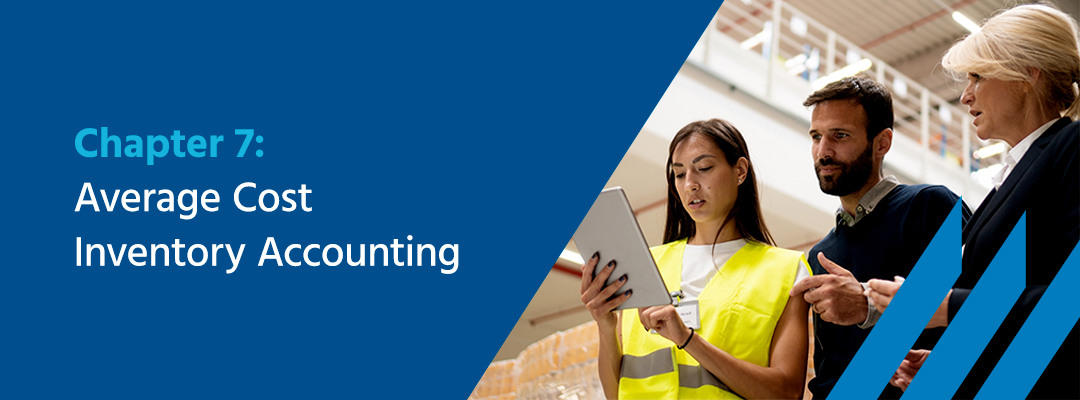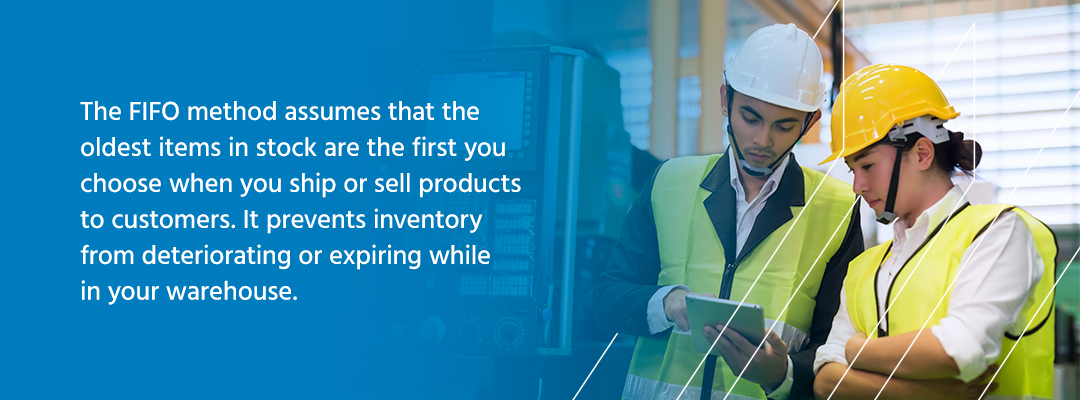Chapter 7: Average Cost Inventory Accounting
Table of Contents
-
Inventory Management Techniques in Operations Management
- Chapter 2: Relationship Management
- Chapter 3: Contingency Planning
- Chapter 4: Regular Auditing
- Chapter 5: Prioritizing With ABC Inventory Analysis
- Chapter 6: Accurate Forecasting
- Chapter 7: Average Cost Inventory Accounting
- Chapter 8: The Just-in-Time (JIT) Method
- Chapter 9: Backordering
- Chapter 10: The Economic Order Quantity (EOQ) Method
- Chapter 11: The Fast, Slow and Non-Moving (FSN) Method

One of the most important aspects of inventory management is accounting. For most e-commerce sellers and physical retailers, inventory represents the company’s biggest asset. Thus, tracking your inventory purchasing costs accurately is crucial for monitoring financial health and reporting your financials for tax purposes. Average costing is the best accounting method to help your busy business stay organized and on track.
What Is the Average Costing Method?
The average costing method is an inventory accounting technique where you calculate the cost of goods sold (COGS) based on an average of your inventory purchases. It’s an alternative to the First In, First Out (FIFO) accounting method and the Last In, First Out (LIFO) accounting method.
Also called the weighted average method, this method calculates a simple average rather than assigning costs based on the most recent or oldest prices paid. Average costing is often used in the food and beverage industry since it deals in large quantities of fast-moving, identical products.

Why Is Average Costing Method Useful?
You’ve probably heard why the FIFO method is better for inventory management when it comes to inventory handling and distribution. The FIFO method assumes that the oldest items in stock are the first you choose when you ship or sell products to customers. It prevents inventory from deteriorating or expiring while in your warehouse.
When it comes to accounting, the FIFO method requires some additional complexity. You must input different COGS for different products based on when you sell them. The average costing accounting method offers some unique advantages and can even improve your operational efficiency. With average cost inventory accounting, you can gain benefits such as:
- Ease of use: Take the average of all your recent inventory purchases and assign the same COGS to all products sold. When you make a new purchase, you recalculate the weighted average. The method is simple and can even be automated using inventory management software with accounting capabilities.
- Saved time in operations: Average costing speeds up picking operations because workers do not have to record the date the item was purchased.
- Better product pricing: Average costing smooths pricing fluctuations and accounts for rises and falls in your purchasing costs. You can price your products with less risk of underpricing amidst rising costs.
- Tax compliance: The average costing method is a generally accepted accounting method that complies with International Financial Reporting Standards (IFRS). LIFO can underrepresent your tax liability, while average costing is a compliant way of reporting your financial data.
Streamline Your Inventory Accounting With Finale Inventory
Among all the inventory tools and techniques available, it’s critical to look for a solution with accounting abilities. Finale Inventory offers an array of accounting and financial reporting features to keep you organized and complaint.
Our software incorporates your purchase order data to calculate your COGS using average costing using the most up-to-date purchasing information. We also have a useful feature for calculating landed costs for different items that arrive in the same shipping container. Finale Inventory also integrates seamlessly with QuickBooks Desktop and QuickBooks Online to give your accounting team the data they need. To learn more about our inventory accounting tools, book a free demo or sign up for a 14-day trial today.




